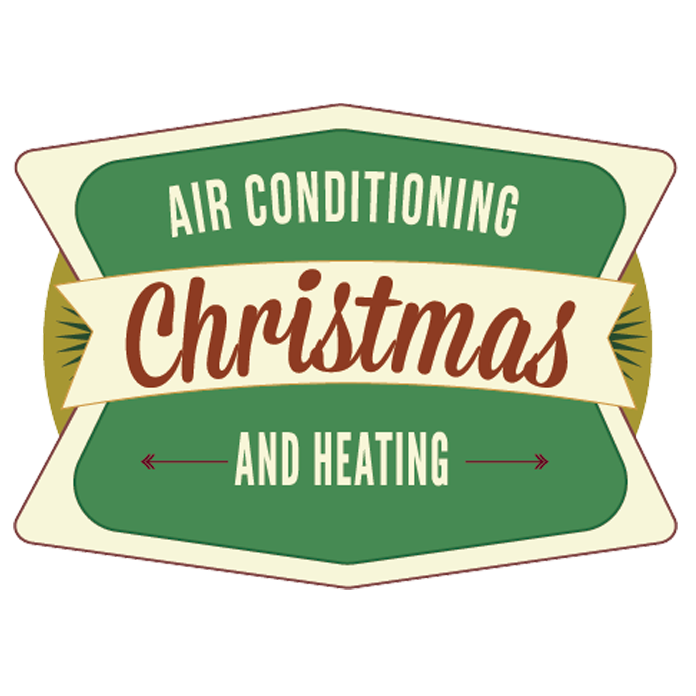Residential Cooling Systems for Homeowners
Homeowners rely on residential cooling systems to maintain comfort during warm weather. With so many home cooling systems available, it can be challenging to determine which option best suits a home’s size, energy needs, and budget. Understanding the types of cooling systems and their benefits can help homeowners make informed decisions about improving indoor comfort while managing energy efficiency.

Overview of Residential Cooling Systems
The Importance of Choosing the Right Home Cooling System
The right home cooling system is essential for maintaining a comfortable indoor environment and reducing energy costs. The ideal system for a home depends on factors such as the size of the property, the local climate, and the homeowner’s preference for energy-efficient solutions. Residential cooling systems, including ductless mini-splits, central air conditioners, and window units, offer various options to meet specific needs.
Key Considerations for Homeowners (Energy Efficiency, Comfort, Budget)
Homeowners should evaluate their priorities when choosing a cooling system. Energy efficiency is critical for lowering monthly utility bills and minimizing environmental impact. Systems with high Seasonal Energy Efficiency Ratio (SEER) ratings or features like programmable thermostats help optimize energy usage. Comfort is another priority, with evenly distributed cooling being a key factor in system performance. Budget also plays a significant role, as initial installation and ongoing maintenance expenses can vary significantly across different cooling solutions.
Types of Residential Cooling Systems
Central Air Conditioning Systems
Central air conditioning systems are among the most common home cooling systems. They use a network of ducts to distribute cool air evenly throughout the home, making them ideal for larger properties. These systems are typically more expensive to install but offer efficient, consistent cooling. Homeowners seeking whole-house comfort often prefer this option.
Ductless Mini-Split Systems
Ductless mini-split systems offer a versatile option for homes lacking ductwork. They can be installed in separate rooms and feature an outdoor unit and one or more indoor units. These energy-efficient systems provide zone-based cooling, making them ideal for homeowners who want to regulate temperatures in specific areas of their homes.
Window Units for Smaller Spaces
Window air conditioners are compact and affordable options for cooling individual rooms. These systems are easy to install and work well in smaller spaces where central or ductless systems may not be practical. However, they are less energy-efficient than other options and best suited for short-term or supplemental cooling needs.

Portable Air Conditioners for Versatility
Portable air conditioners provide a convenient cooling solution for homeowners who need a movable option. These units require a window for venting and are suitable for cooling single rooms. While they are not as efficient as permanent systems, portable units are easy to set up and ideal for temporary cooling needs or spaces where other systems are not feasible.
Evaporative Coolers for Dry Climates
Evaporative coolers, also known as swamp coolers, are cost-effective for homes in dry climates. These systems cool the air by passing it over water-soaked pads, which adds moisture to the air. They consume less energy than traditional air conditioners but are only effective in areas with low humidity.
Energy-Efficient Cooling Options for Homeowners
Benefits of Energy-Efficient Systems
Energy-efficient residential cooling systems help homeowners save money on utility bills while reducing their environmental impact. These systems consume less electricity, operate more effectively, and often qualify for energy rebates or tax incentives. Choosing an energy-efficient system is a practical and eco-friendly solution for long-term savings.
SEER Ratings and Their Importance
The Seasonal Energy Efficiency Ratio (SEER) rating measures a cooling system’s efficiency. Higher SEER ratings indicate better energy performance, leading to lower operating costs. Homeowners should aim for systems with a SEER rating of 14 or higher, as these models are designed to meet modern energy standards and deliver superior performance.
Smart Thermostats and Zoning Systems
Smart thermostats and zoning systems further enhance energy efficiency by allowing homeowners to control cooling in specific areas of their homes. Smart thermostats can be programmed to adjust temperatures automatically based on daily routines while zoning systems use separate controls for individual rooms or areas. These technologies optimize comfort while minimizing energy waste.
Factors to Consider When Selecting a Home Cooling System
Home Size and Layout
The size and layout of a home significantly influence the choice of a cooling system. Larger homes typically require central air conditioning systems, while smaller homes or single rooms can benefit from window units or ductless mini-splits. Proper sizing is essential to ensure adequate cooling without overloading the system.
Local Climate and Weather Conditions
Local climate plays a key role in determining the right cooling solution. For example, evaporative coolers work well in dry climates, while central air systems are better suited for high-historic areas. Understanding the specific climate challenges in your area helps narrow down the options.
Installation and Maintenance Costs
Homeowners should consider both the upfront installation costs and long-term maintenance expenses. While systems like central air conditioning require a higher initial investment, they may offer better efficiency and lower repair costs over time. Comparing costs ensures homeowners find a solution that fits their budget.
Environmental Impact and Sustainability
Choosing systems with environmentally friendly refrigerants and energy-efficient designs is crucial for eco-conscious homeowners. Modern cooling systems often incorporate sustainable technologies that reduce greenhouse gas emissions and contribute to a greener home.
Troubleshooting Common Cooling System Issues
Uneven Cooling Throughout the Home
Uneven cooling is a common issue in residential cooling systems, often caused by blocked vents, leaky ducts, or an improperly sized system. Homeowners should check for obstructions around vents and ensure the system is clean and well-maintained. Persistent issues may require professional evaluation to balance airflow and improve system performance.
High Energy Bills and Inefficiency
An unexplained spike in energy bills could indicate that the cooling system is operating inefficiently. Dirty filters, aging equipment, or low refrigerant levels can all reduce efficiency. Regular maintenance, such as replacing filters and scheduling inspections, can resolve many efficiency issues and restore the system’s performance.
Strange Noises or Odors from Cooling Systems
Unusual sounds or odors from a cooling system may signal mechanical issues or debris buildup. Rattling or banging noises could indicate loose components, while musty odors might suggest mold growth in the system. Homeowners should promptly address these issues to prevent further damage and maintain indoor air quality.
